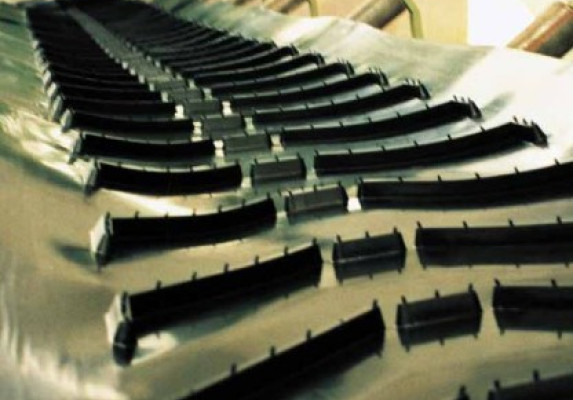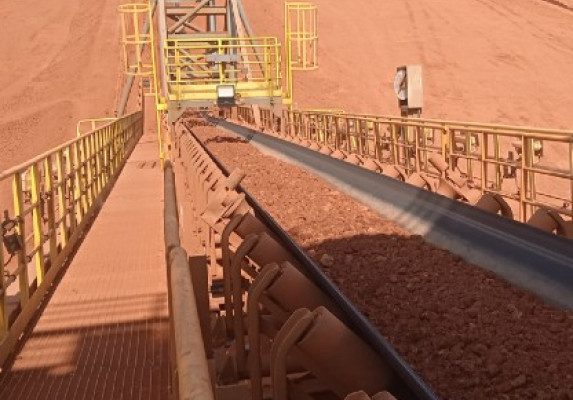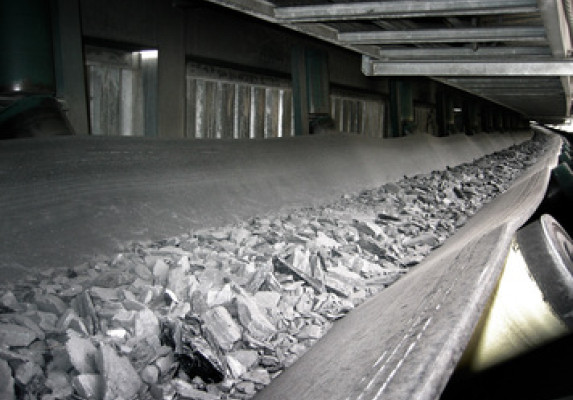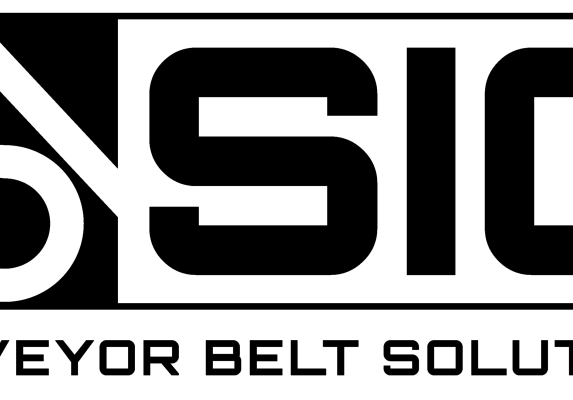Industrial rubber conveyor belts: advantages and applications
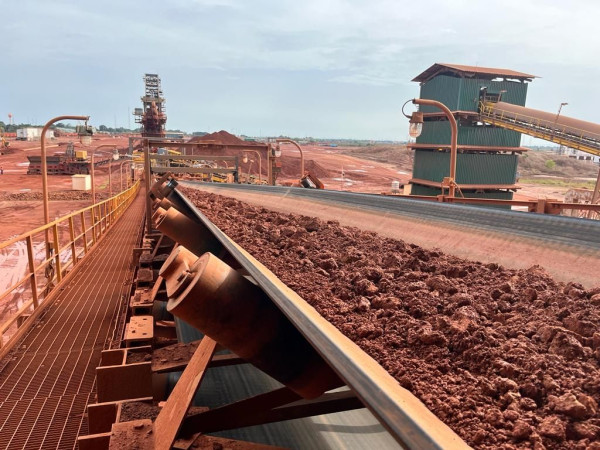
SIG has been establishing its brand as a benchmark in the bulk material handling industry, supplying its top-quality rubber conveyor belts all over the world.
As a matter of fact, during its long-lasting history, SIG has always managed to satisfy its customer’s requests even when they have asked for new and technologically advanced rubber properties or products to be developed.
To do so, SIG research and development department has been working very hard to meet all international market expectations and requirements, guaranteeing high qualitative and reliability standard and meanwhile succeeding in setting up revolutionary items.
According to what just claimed, you should not be surprised to discover that nowadays SIG wide range of products can offer you many different options suitable for specific needs, depending on the concerned conveyor systems characteristics.
Normally you can identify the following rubber conveyor belts categories:
- TEXTER (EP rubber conveyor belt for flat material handling)
- TEXBIND (EpP rubber conveyor belt, a textile reinforced alternative to TEXTER for strong applications)
- RIPSAVE (EP rubber conveyor belt with steel transversal reinforcement, known as breaker, in the top cover)
- SIDERFLEX (steel cord belt for flat material handling; 1st photo)
- PIPEX(textile and steel carcass rubber conveyor belt used for tubular conveyor systems, see the photo to the right)
- ELEMET & ELETEX (steel and textile carcass rubber elevator belts used for vertical material handling)
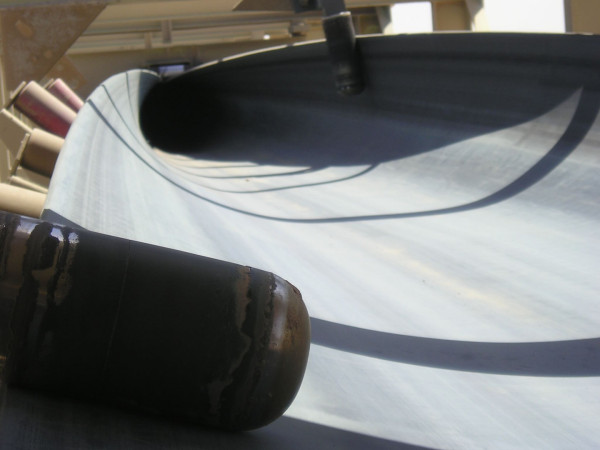
Advantages of using rubber conveyor for the industrial belts
Have you ever asked yourself which are the advantages of using rubber conveyor belts for bulk material handling?
When dealing with this topic, the first aspect to be considered concerns cost efficiency which is directly connected to environmental pollution.
As a matter of fact, many times rubber conveyor belts are installed to convey material from an extracting area (usually a mine or a quarry) or from an industrial plant (cement/power/steel plant or a refinery for example) directly to a port terminal.
The distance between these two areas may be equal or superior to 3/4/5 kilometers, sometimes it also reaches astonishing values such as 10 kilometers or more.
For this reason, relying on rubber conveyor belts to convey materials could let you take advantage of the following aspects:
- avoid sustaining the cost of buying or hiring a fleet of trucks meanwhile not spending money purchasing fuel;
- avoid polluting surrounding environment using trucks since you handle materials thanks to a conveyor system that does not cause any form of CO2 emission/pollution.
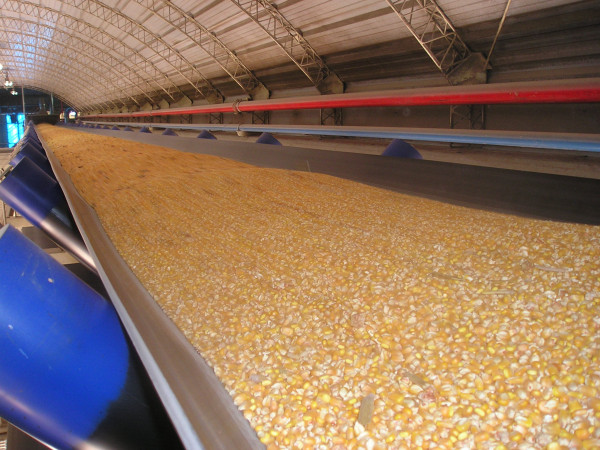
Applications of rubber industrial conveyor belts and conveyed materials
After dealing with the main advantages guaranteed by rubber conveyor belts, it is now necessary to focus on their main applications. As claimed at very beginning, these items are used to handle bulk materials, but which are these kinds of goods?
Generally talking there are no actual limits to SIG rubber belts applications, what matters is that the concerned material is suitable to be properly handled inside a conveyor system.
So, during the years, SIG has widened its range of industrial applications in many different sectors, such as: cement industry (for cement, clinker or limestone conveying), agroindustry as shown in the 3rd photo (corn, grain, soy and sugar), chemical industry (phosphate), foundries, mines and quarries (bauxite, coal, copper, gold and silver conveying), port terminal, power industry (biomass plants) and also waste recycling plants.
How to choose the right industrial conveyor belt
As previously claimed, there are many different categories of rubber conveyor belts and any of these ones is suitable for a specific kind of industrial application. So, to identify the right item to be used in any project, it is necessary to properly answer the following questions, making a detailled analysis:
Are we dealing with a flat, tubular or vertical conveyor system?
Answering this question will make understand if the customer needs a traditional rubber conveyor belt, a pipe coveyoror an elevator belt.
What is belt center distance?
Center distance is a key data because it helps knowing belt global development and understand if there could be problems connected to elongation. As a matter of fact, if the concerned belt could suffer from elongation due to an important conveying distance to be covered, it is highly recommended to choose a steel cord belt, known for its flexibility, combined with extremely reduced elongation.
Nonetheless, there is another important question to answer that can help to identify wether choose a steel or a textile carcass belt.
In fact, it is also crucial to know how big, heavy and sharp the concerned material is.
In this case, if facing an application where big, heavy and sharp rocks have to be conveyed (as it can happen inside mines and quarries), it is necessary to rely on a steel cord belt or a textile carcass as EpP or the one equipped with a steel reinforcement as they can guarantee an increased resistance against cut, impact and tear if compared to traditional belts.
To summarize, these three just mentioned question are the ones that can help you identify the right conveyor belt for your industry.
Afterwards, depending on the conveyor system throught put, speed as well as on the handled material weight, chemical properties and temperature, it will be possible to establish suitable breaking load, thickness of belt and rubber quality to be used.
For any further information, you can send an email to sig@sig.it or visit our website and fill in the information request form.
Latest news:
CONTACT US
Discover more about our products
Would you like to have more information about our items?
Fill in the contact form and send your inquiry. One of our experts will get in touch with you as soon as possible.

